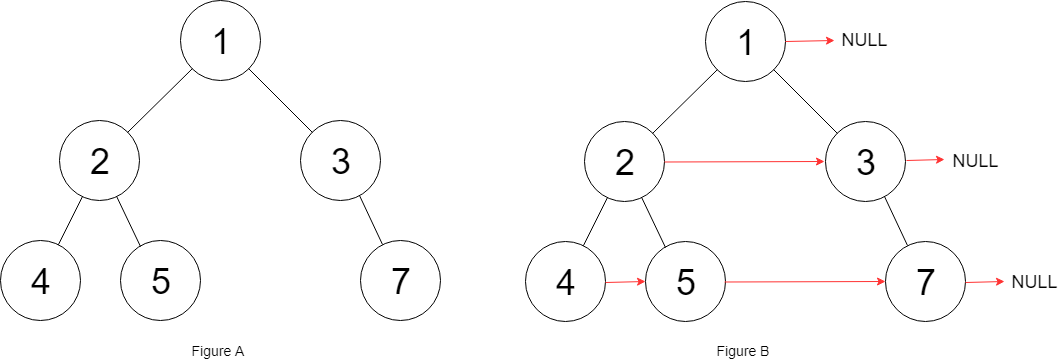Given two strings s and t of lengths m and n respectively, return the minimum window substring of s such that every character in t (including duplicates) is included in the window. If there is no such substring, return the empty string "".
The testcases will be generated such that the answer is unique.
A substring is a contiguous sequence of characters within the string.
Example 1:
Input: s = "ADOBECODEBANC", t = "ABC" Output: "BANC" Explanation: The minimum window substring "BANC" includes 'A', 'B', and 'C' from string t.
Example 2:
Input: s = "a", t = "a" Output: "a" Explanation: The entire string s is the minimum window.
Example 3:
Input: s = "a", t = "aa" Output: "" Explanation: Both 'a's from t must be included in the window. Since the largest window of s only has one 'a', return empty string.
Constraints:
m == s.lengthn == t.length1 <= m, n <= 105sandtconsist of uppercase and lowercase English letters.
Follow up: Could you find an algorithm that runs in O(m + n) time?
Solution: Hashtable + Two Pointers
Use a hashtable to store the freq of characters we need to match for t.
Use (i, j) to track a subarray that contains all the chars in t.
Time complexity: O(m + n)
Space complexity: O(m)
C++
|
1 2 3 4 5 6 7 8 9 10 11 12 13 14 15 16 17 18 19 20 21 22 23 |
// Author: Huahua class Solution { public: string minWindow(string s, string t) { const int n = s.length(); const int m = t.length(); vector<int> freq(128); for (char c : t) ++freq[c]; int start = 0; int l = INT_MAX; for (int i = 0, j = 0, left = m; j < n; ++j) { if (--freq[s[j]] >= 0) --left; while (left == 0) { if (j - i + 1 < l) { l = j - i + 1; start = i; } if (++freq[s[i++]] == 1) ++left; } } return l == INT_MAX ? "" : s.substr(start, l); } }; |


